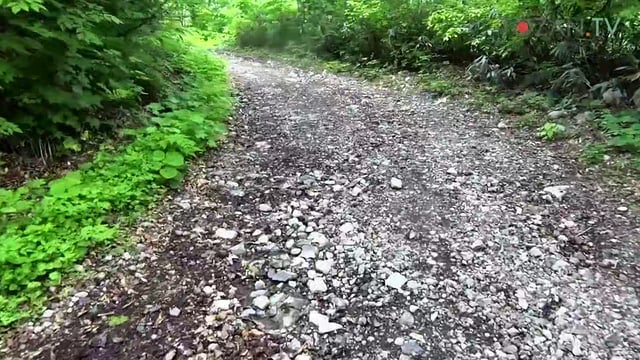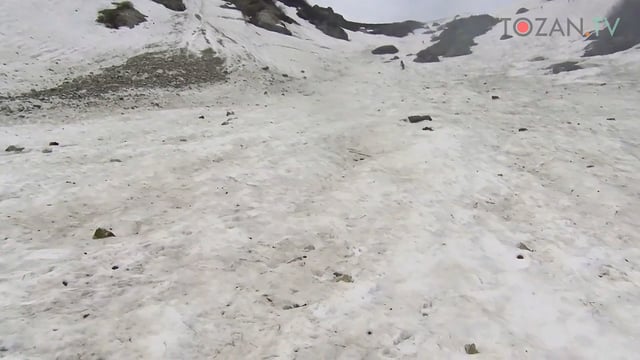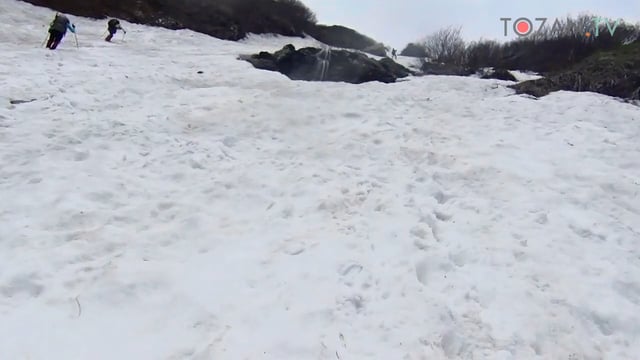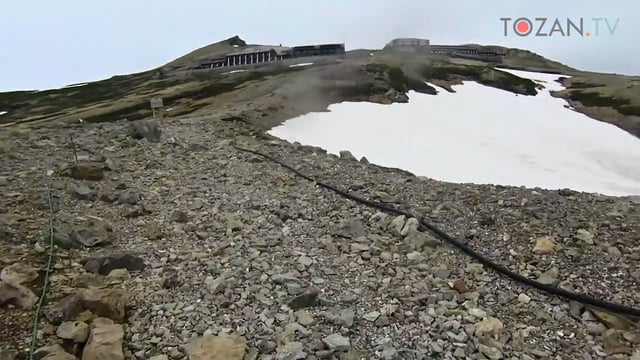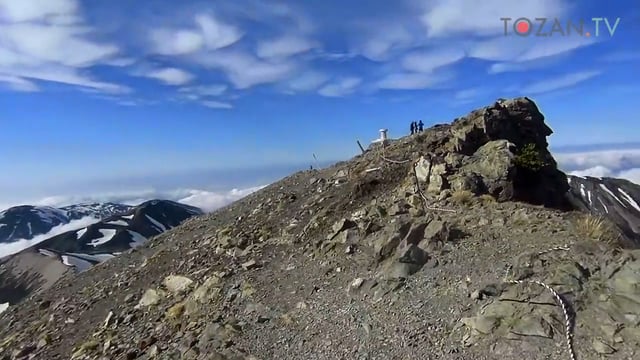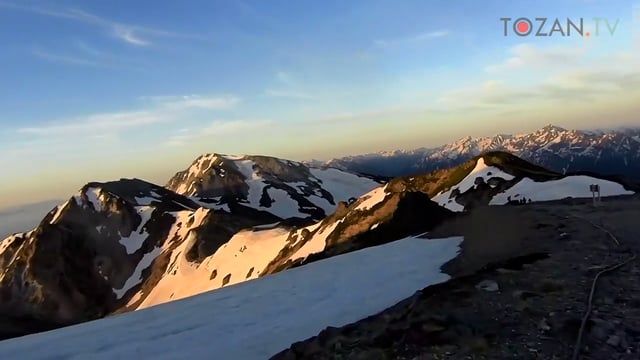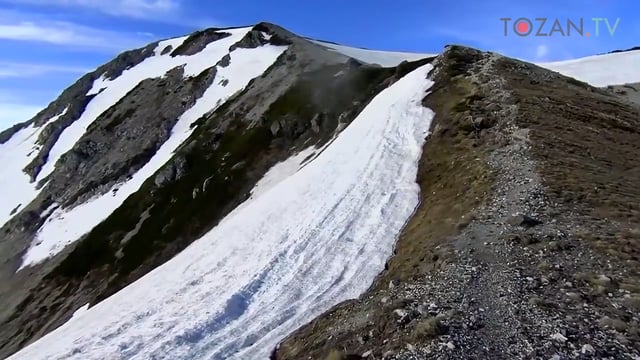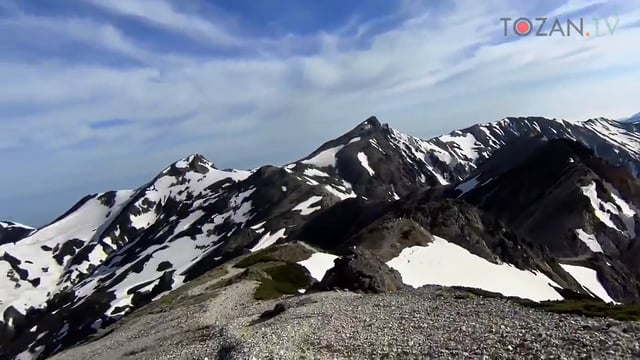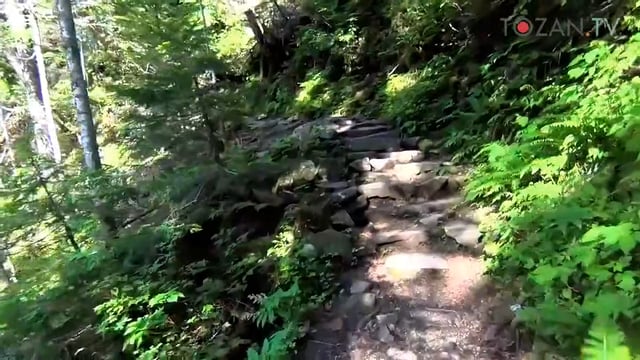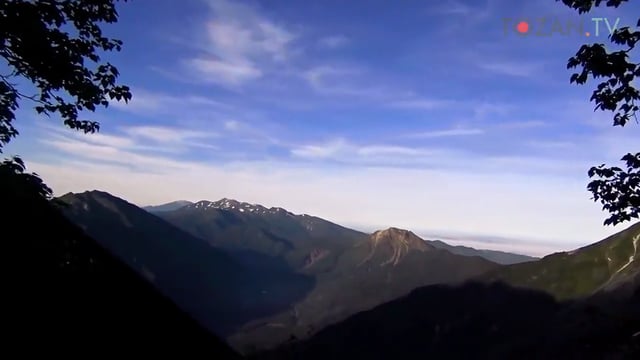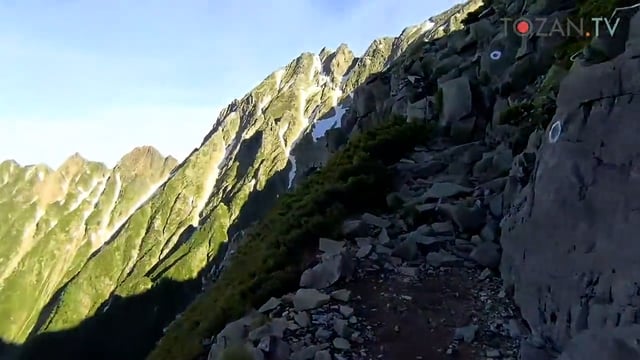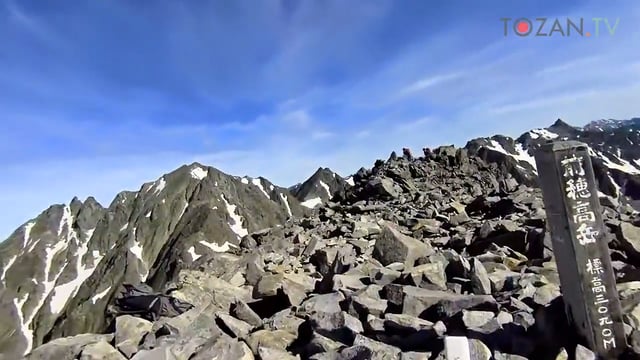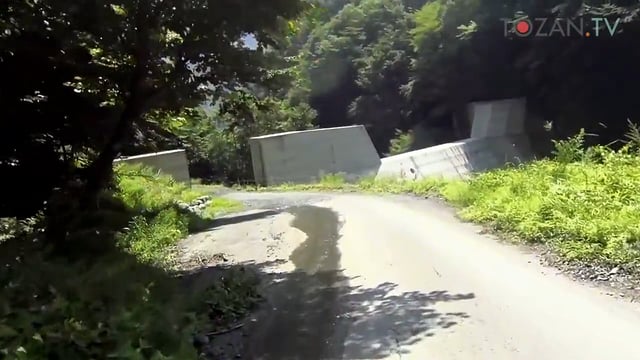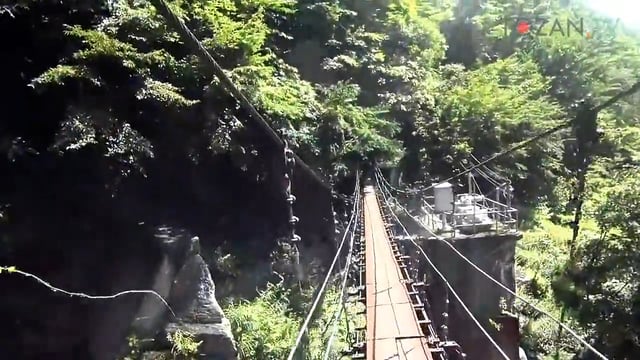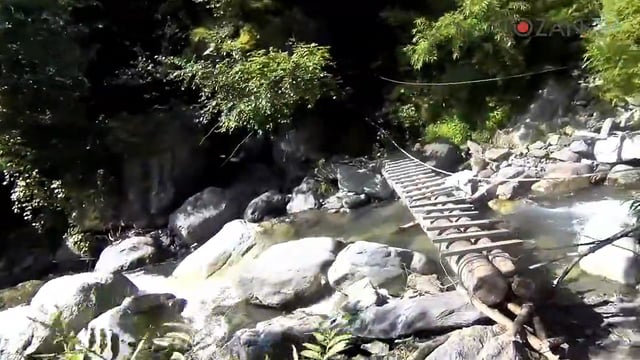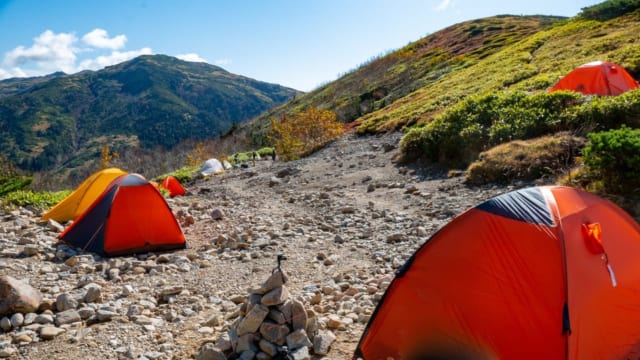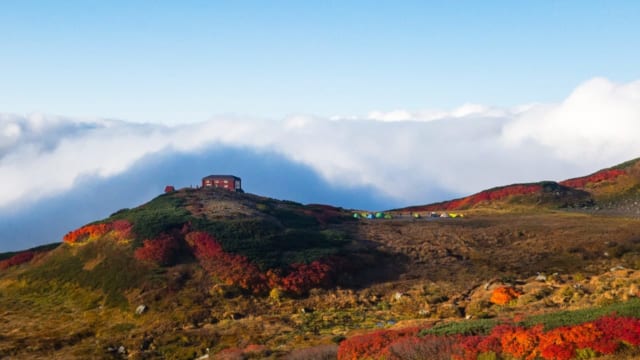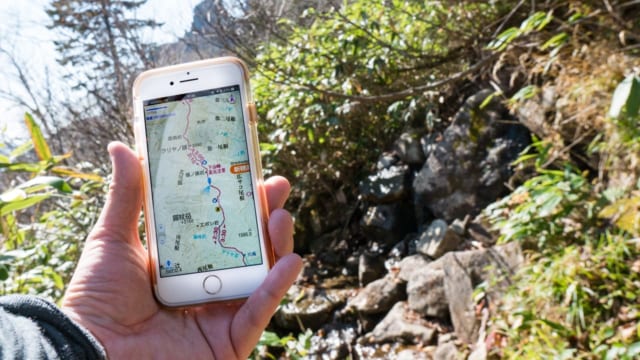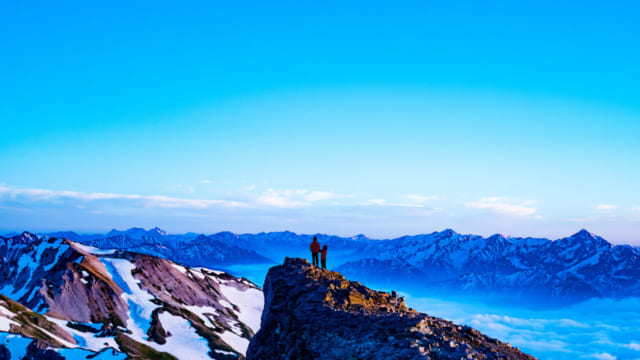| Time | Event |
|---|---|
| 00:40:55 | junction of Raichouzaka-shita |
| 00:44:05 | reached the Raichousawa campsite |
From the Tsurugigozen-goya to Raichousawa
I straightened up my tent at the Tsurugisawa1 campsite, then I hiked up to the Tsurugigozen-goya2. It continues descent until the Raichousawa3. If it is fine, you can enjoy a great scene of Tateyama4 and Raichousawa while hiking. There were no dangerous points.
- 剱沢(つるぎさわ). Tsurugisawa is famous for its snowy gorge(sekkei in Japanese). Tsurugisawa-sekkei is three big snowy gorge in Japan. ↩
- 剱御前小舎(つるぎごぜんごや). “小舎” is the meaning of a hut. When we call a hut in Japanese, there are some variations of expression. "小屋(こや・koya/goya)", "山荘(さんそう・sanso)", "小舎(こや・koya/goya)", "ヒュッテ(ひゅって・hutte)", "宿舎(しゅくしゃ・shukusha)" and so on. They are all same meanings, the place where you can use for accommodation, but I think there is no obvious difference between them. ↩
- 雷鳥沢(らいちょうさわ). "雷鳥" means a ptarmigan and "沢" is the meaning of a small and/or narrow river. Raichousawa is not a name of river but a name of place (mainly a campsite). ↩
- 立山(たてやま). The general name of Oyama(雄山・おやま), Onanji-yama(大汝山・おおなんじやま) and Fuji-no-oritate(富士の折立・ふじのおりたて). But people often point that Oyama when he/she says Tateyama. The highest mountain of Toyama prefecture. ↩










